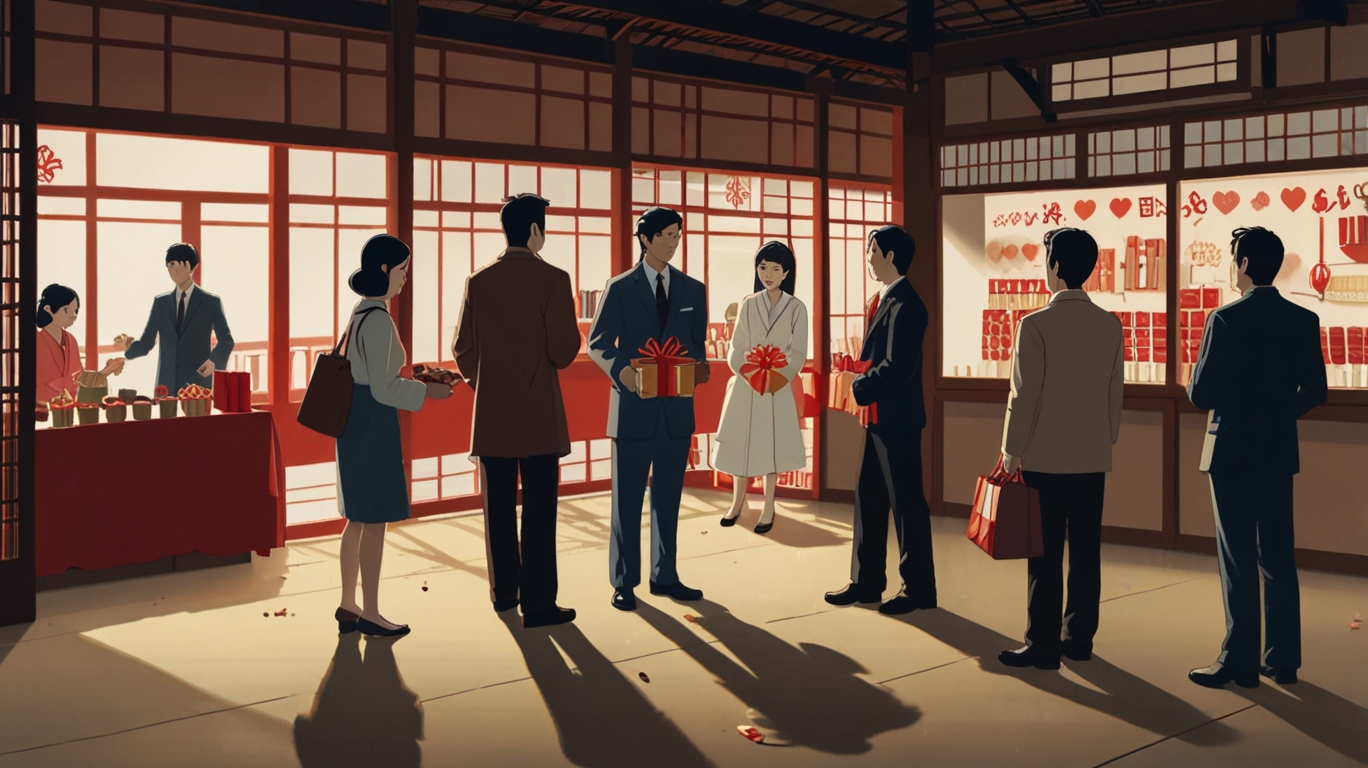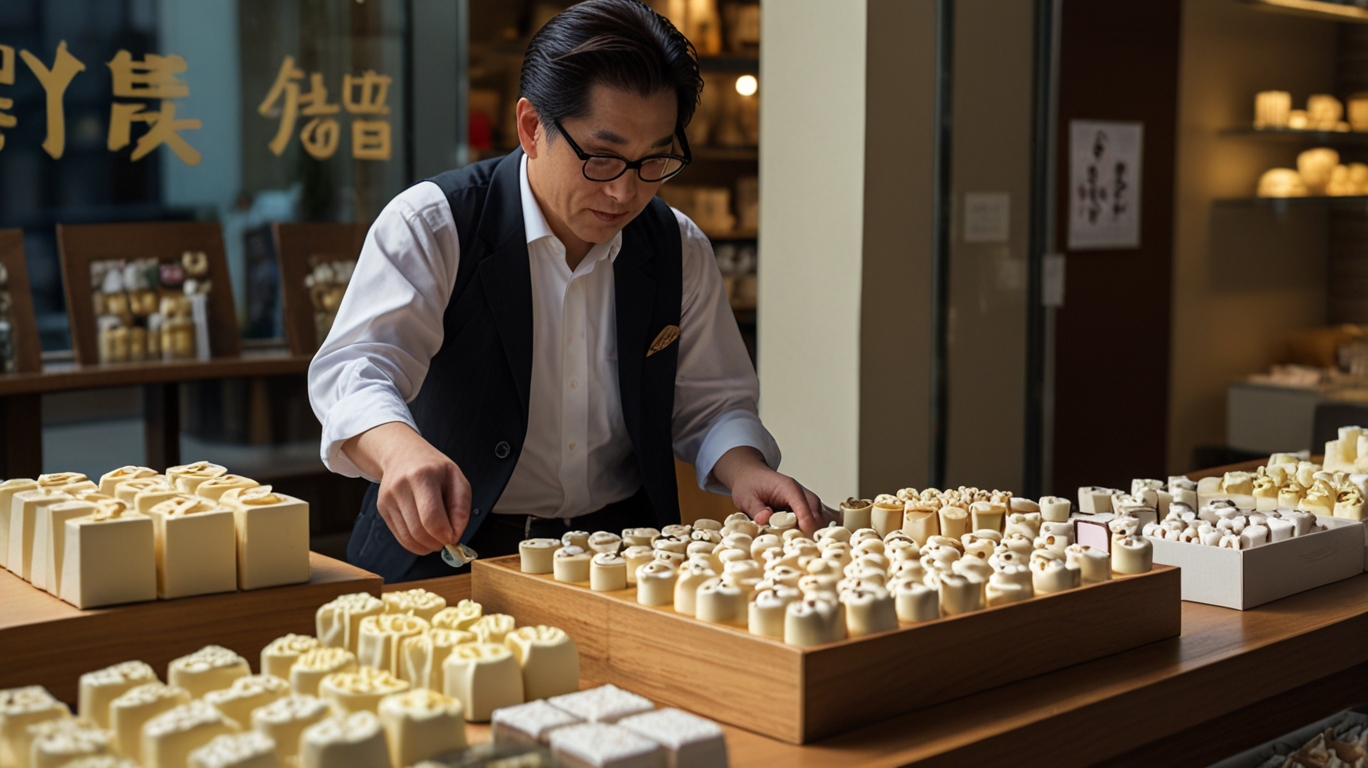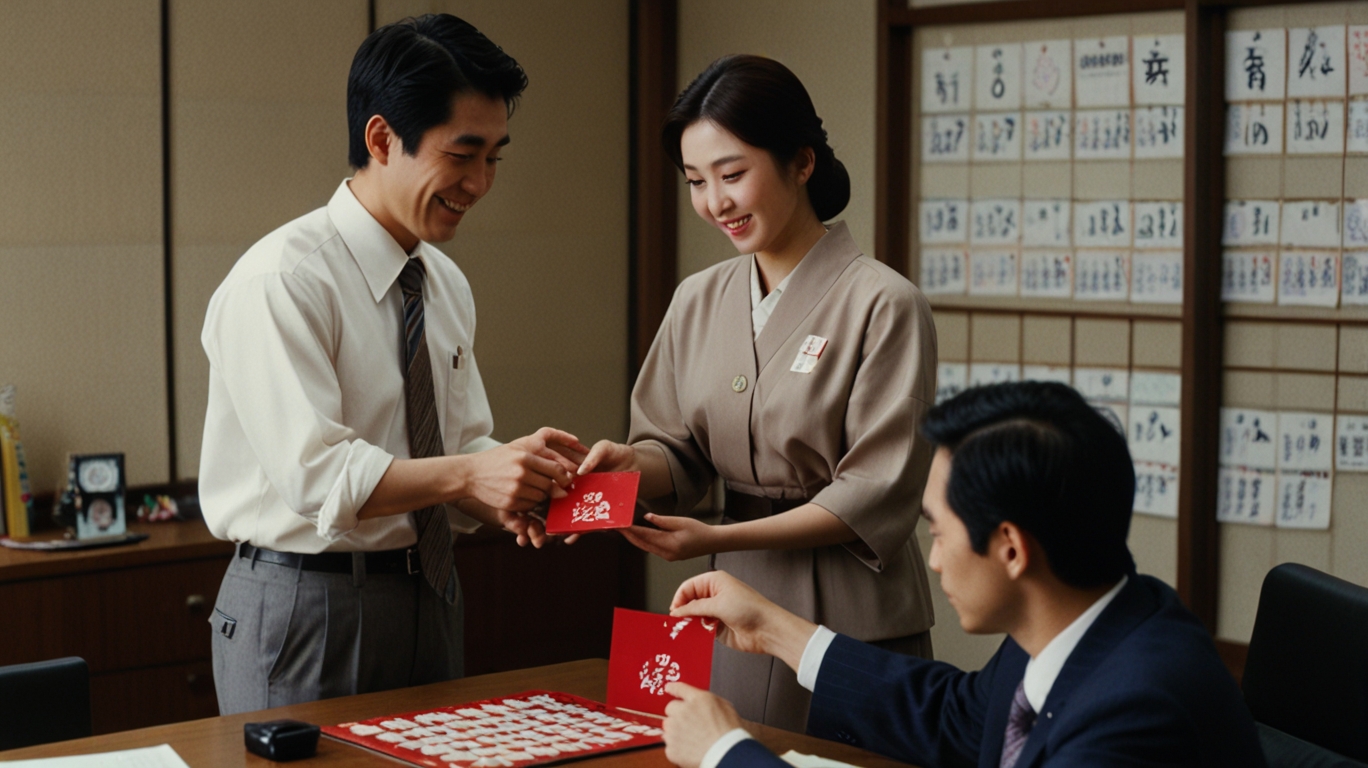Valentine’s Day vs. White Day: What’s the Difference?


When people outside Japan think of Valentine’s Day, they often imagine a day dedicated to romantic couples exchanging gifts like flowers, chocolates, or candlelit dinners, but in Japan the holiday has taken on a very different cultural meaning that reflects both imported traditions and local customs. Valentine’s Day in Japan is celebrated on February 14, as in the West, but it is only the first half of a two-part holiday system, with the second half being White Day on March 14. The most fascinating aspect is that these two celebrations are deeply interconnected, creating a structured cycle of giving and reciprocation that reflects the Japanese value of social harmony and the importance of balance in relationships. While Valentine’s Day focuses on women giving chocolates and small gifts, White Day reverses the roles, with men expected to return the favor, often with gifts that are of greater value or symbolic meaning. This pairing makes the Japanese version of Valentine’s Day not just a romantic holiday but a cultural event that combines commerce, tradition, and the expression of affection in ways that are unique to Japan. To truly appreciate why Valentine’s Day and White Day are celebrated in this way, it’s important to dive deeper into the history of how they came to be and the distinct customs that set them apart.
The Japanese Tradition of Valentine’s Day

Valentine’s Day in Japan carries traditions that are unlike those in the West, and its unique practices can be traced back to the 1950s when chocolate companies cleverly marketed the holiday as a chance for women to express their feelings through chocolate. Over time, this concept grew into a widespread cultural expectation, and by the 1970s, it was firmly established that women should buy or make chocolates to give to men on February 14. What is particularly interesting is the categorization of the chocolates, which reflect the complexity of Japanese social interactions. Honmei-choco, or “true feeling chocolate,” is the most heartfelt form of gift, reserved for boyfriends, husbands, or love interests. Women often go the extra mile by making honmei-choco at home, adding a sense of effort and sincerity. On the other hand, giri-choco, or “obligation chocolate,” is purchased and given to male coworkers, classmates, or acquaintances to maintain good relationships and avoid social awkwardness, even when there is no romantic attachment. Then there is tomo-choco, or “friend chocolate,” which has become popular among women themselves, symbolizing camaraderie and friendship rather than romance. Preparing chocolates for Valentine’s Day is not a simple matter of grabbing a box at the store; many women spend hours shopping for the right type, decorating them with thoughtful packaging, or creating handmade chocolates that show creativity and personal care. This practice highlights the Japanese cultural emphasis on thoughtfulness, presentation, and the balance between sincerity and social obligation, turning Valentine’s Day into more than just a day of love but also one of courtesy and connection.
The Birth of White Day in Japan

While Valentine’s Day may have been imported from Western culture, White Day is a uniquely Japanese invention that was introduced decades later as a response to the imbalance created by the original tradition. In 1978, the National Confectionery Industry Association launched White Day to encourage men to reciprocate the chocolates they received a month earlier. At first, marshmallow manufacturers promoted the idea that men should give white marshmallows as return gifts, which eventually expanded into giving white chocolate, cookies, and other sweets, hence the name “White Day.” However, as the tradition evolved, the scope of gifts broadened significantly, and men are now expected to give not only sweets but also accessories, flowers, handbags, or even jewelry, depending on the relationship. An important social rule tied to White Day is sanbai gaeshi, meaning “triple return,” which suggests that a man should give a gift that is roughly two or three times the value of what he received. This creates a cultural pressure on men, as the act of reciprocation is closely tied to perceptions of sincerity, generosity, and social status. Unlike Valentine’s Day, which can involve broad social obligations through giri-choco, White Day is often seen as more selective, since the man’s return gift carries weight in interpreting the relationship. For example, a small return might imply formality or disinterest, while a thoughtful or expensive gift might signal affection or commitment. This duality makes White Day not only a commercial success but also a day of subtle social signaling, where choices of gifts are carefully scrutinized and interpreted.
The Key Differences Between Valentine’s Day and White Day

Although the two holidays are interconnected, the differences between Valentine’s Day and White Day in Japan are striking and reveal how cultural norms shape behavior. The first key difference is who gives gifts: Valentine’s Day is driven by women giving chocolates, while White Day reverses the roles by making men the givers. This role reversal is not only symbolic but also highlights the idea of balanced exchanges in Japanese society. The second difference lies in the types of gifts: Valentine’s Day is almost exclusively centered on chocolates, with women often buying or making them in various styles, whereas White Day encompasses a far wider variety of gifts, including sweets, accessories, flowers, and jewelry. Another distinction is the expectation of value. Women may give multiple men chocolates of varying significance—some heartfelt, others purely obligatory—but when men reciprocate on White Day, their gifts are expected to reflect the depth of the relationship and often must exceed the original gift in value. Finally, the overall tone of each holiday differs: Valentine’s Day is both personal and social, involving acts of courtesy as much as romance, while White Day feels more evaluative, since the choice of return gift can convey subtle messages about how a man views the giver. Taken together, these differences create a cultural balance, showing how affection, gratitude, and obligation are expressed in distinctly Japanese ways.
Cultural Significance Beyond Romance

One of the most fascinating aspects of Valentine’s Day and White Day in Japan is that they extend far beyond romantic love and serve as a lens for understanding Japanese social values. For instance, the act of giving giri-choco to male coworkers or classmates underscores the importance of maintaining group harmony, a cornerstone of Japanese culture. Even when there is no romantic feeling involved, the gesture helps smooth workplace dynamics and prevents feelings of exclusion. Meanwhile, tomo-choco highlights the growing significance of friendship and female solidarity, allowing women to celebrate Valentine’s Day without any romantic implications. On White Day, the return gifts reinforce the cultural value of reciprocity, as it would be socially unacceptable for men to ignore the chocolates they received. These traditions also demonstrate how commercial and cultural forces intertwine. Confectionery companies, bakeries, and department stores release special limited-edition products with seasonal packaging, making gift-giving not just a personal act but also an exciting consumer experience. From elaborately decorated chocolates to exclusive White Day jewelry collections, the market thrives on these dual holidays, fueling both economy and tradition. More importantly, the existence of two linked holidays shows how Japan adapts foreign customs to suit its own cultural framework, turning what was once a Western holiday into a uniquely Japanese practice that emphasizes obligation, harmony, and balance.
Conclusion: A Two-Part Celebration of Love and Gratitude

Valentine’s Day and White Day in Japan together form a cultural phenomenon that highlights not just love but also the intricate dance of reciprocity and obligation within society. Valentine’s Day, where women step forward with gifts of chocolates, sets the stage for men to respond a month later on White Day with thoughtful gifts of greater value, ensuring that balance and harmony are maintained. The duality of the holidays reveals how Japanese culture blends imported traditions with its own values, creating celebrations that are at once romantic, social, and commercial. Unlike in the West, where Valentine’s Day stands alone, Japan has crafted a two-part system that transforms love into an ongoing cycle of giving and appreciation. These holidays provide insights into Japanese priorities: the emphasis on courtesy, the respect for balance in relationships, and the creativity in expressing emotions not only through words but through carefully chosen gifts. For outsiders, this may seem elaborate, but for Japanese society, it reflects a deep-rooted belief that relationships—whether romantic, platonic, or professional—are nurtured by gestures of thoughtfulness and the return of kindness. Ultimately, Valentine’s Day and White Day in Japan demonstrate that love and gratitude are not one-time events but ongoing exchanges that enrich both individuals and the community as a whole.
RELATED POSTS
Top 5 Gifts to Give on White Day (And Their Hidden Meanings)
White Day in Japan, observed annually on March 14, is one of the country’s most fascinating cultural traditions because it reflects not just the act of giving gifts but also the delicate language of symbols and unspoken emotions. Unlike Valentine’s Day, which in Japan...
How Japan Celebrates Love Twice: The Meaning Behind White Day
When it comes to romantic customs, few countries embrace love and affection quite as uniquely as Japan. While Valentine’s Day is widely observed across the globe, often marked by the exchange of chocolates, flowers, and heartfelt notes, Japan sets itself apart by...

